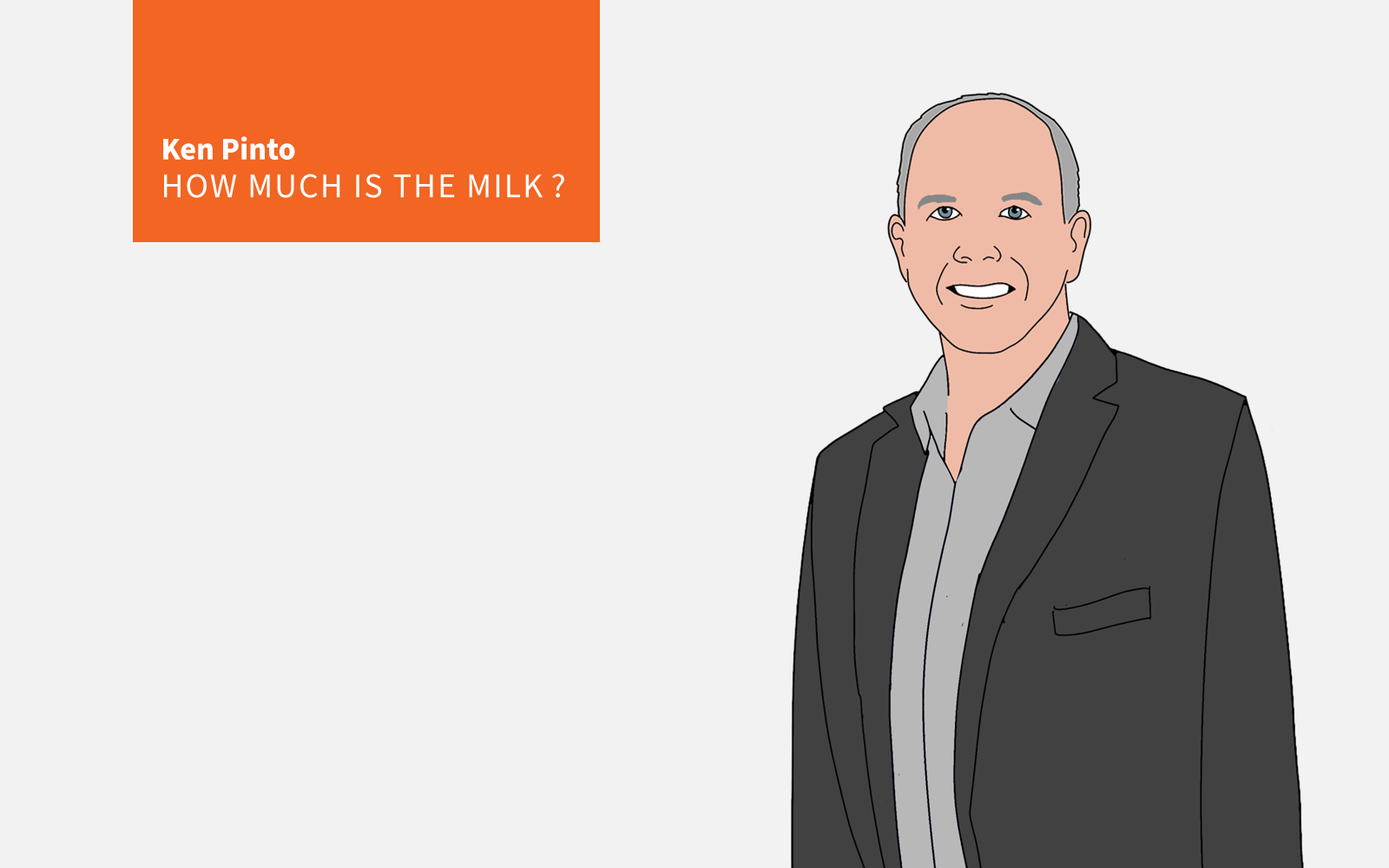Products
As Inflation Surges, Time Is Money: Here's How Builders Can Cut Both
Our MasterClass series with Ken Pinto focuses on a cause-and-effect approach to reducing construction costs by giving suppliers SKU and lead-time information to optimize their own channels.

[Editor's note: BC – i.e. before COVID – and after the pandemic laid to waste many normalized building materials and products supply chain strategies and tactics today stand as two distinctly different, barely related operational environments for most homebuilders. Cautiously optimistic word of very gradual signs of a new normal in building's supply channels has started to crop up, which means that more of the strategic value in Ken Pinto's long-haul approach to best practice in Purchasing and Supply Chain come clearer. Here's the logic and impact of one of Ken's pillar concepts in Ken's book, "How Much Is the Milk?" – bending the direct input cost curve by allowing manufacturer and distributor suppliers to work more efficiently themselves. The quick take-away here: Time is money. – JM]
Good drivers are not made by simply pointing a car in a straight line and stepping on the gas or brake as needed. A skilled driver is someone who's good at constantly predicting what other drivers are going to do. Therefore, if we want others to be good drivers, we must drive predictably. That means using our brake lights, turn signals, and adhering to the rules of the road.
Reliable supply chain management works the same way. For efficiency and a smooth flow, predictability is a non-option. Only with that look-ahead can you anticipate what others are doing, and they can plan for what you're up to. That planning means money, saved or lost.
Pre-pandemic, distributors would speak of standard-practice that indicated predictability was the last thing on many folks' minds. It was typical to hear of products ordered 24- to 48 hours before they were needed at a site. That was despite builders' knowing what they were going to need for those units almost 90 days prior. With so much business occuring on such short notice, any opportunity for a manufacturer or distributor to optimize operations went by the wayside.
Helping distributors and manufacturers take costs out of their own day-to-day operations can be one of the most effective ways to reduce per square foot construction costs. Remember, especially as inflation chews up a dollar's value faster than it has in decades: Their costs – added to the price we pay for the product or material itself – are our costs. This point hit home with me when I discovered the price difference in manufacturers' sales to big box stores compared with the prices they typically charge homebuilders.
The solution is logical. By communicating stock keeping units (SKUs) and Date-Needed information to manufacturers and distributors, they can make their own channels more efficient, and you can influence the decreased price of building materials by as much as 24%.
Connecting to your supply chain has other benefits as well.
Often, when a subcontractor experiences a backorder of material, they often do their best not to keep a builder from finding out. They will try to get started on their work but stall progress as they await the backorder's delivery. One reason for not telling the builder; they know the first question a builder will ask is “When was it ordered?” and then they’ll get no sympathy when it’s discovered they ordered it yesterday. That’s why builders seldom hear about material shortages. Only when it is too late or too severe to do anything about it.
If you procure materials directly from your supply chain, you need only increase the lead time to 30, 60, or 90 days to affect change. Builders who utilize turn-key subcontractors for materials and labor can develop a process to provide zero-dollar purchase orders or custom reports, showing only the SKUs and no pricing. Married up with the construction schedule, suppliers can program their internal demand planning systems to interpret SKUs and Date Needed data to streamline their operations.
Prior to the specific supply chain chokeholds working their way toward a pandemic-era normal, distributors who could imagine a world where they get 60 days advanced notice typically say they can reduce prices by 8% to 20%. Manufacturers say it’s about 15%. Combined savings add up to about 24%. These amounts apply less to commodities (lumber, drywall, concrete) and more to finished goods (toilets, hardware, flooring).
Still, advanced notice on the entire LBM spectrum mean cost reductions.
Sustainable savings come from increased inventory turns achieved by distributors reducing inventory-on-hand while still selling the same amount of products, and an increased capacity to serve more builders without adding internal cost. Manufacturers can use the advanced data to keep a shift busier longer or keep a line running longer, or make a long run on a particular product, knowing that it won’t sit in inventory very long. Advanced SKUs and Data Needed data give suppliers more chances to take costs out of day-to-day operations.
If we are to get information in the right hands, the homebuilder must provide the leadership to get it done. Start brainstorming how you can get information out of your back-office systems and into the hands that control your pricing.
Join the conversation
MORE IN Products
T-Time Ticking? Ken Pinto's Q4 Homebuilding Commodities Report
With end-of-year price hikes looming, homebuilders are pushing back harder than ever on material costs. Sharpened cost-control strategies, from commodity tracking to supplier negotiations, will be critical as builders brace for supply chain and demand-driven price shifts.
Brace for Impact: Builders Must Expect 2025 Supply Shocks ... Again
Strategic sourcing and supply chain sage Ken Pinto reveals how tariffs, labor policies, and thin margins could test builders’ resilience in a turbulent 2025. "Covid supply shocks were a missed opportunity."
Margin Pressure Gauge: Ken Pinto’s Q3 LBM Commodities Report
Moving from lump-sum contracts to unit pricing to find ways to reduce costs in the supply chain can be a win for homebuilders worried about high construction expenses.
